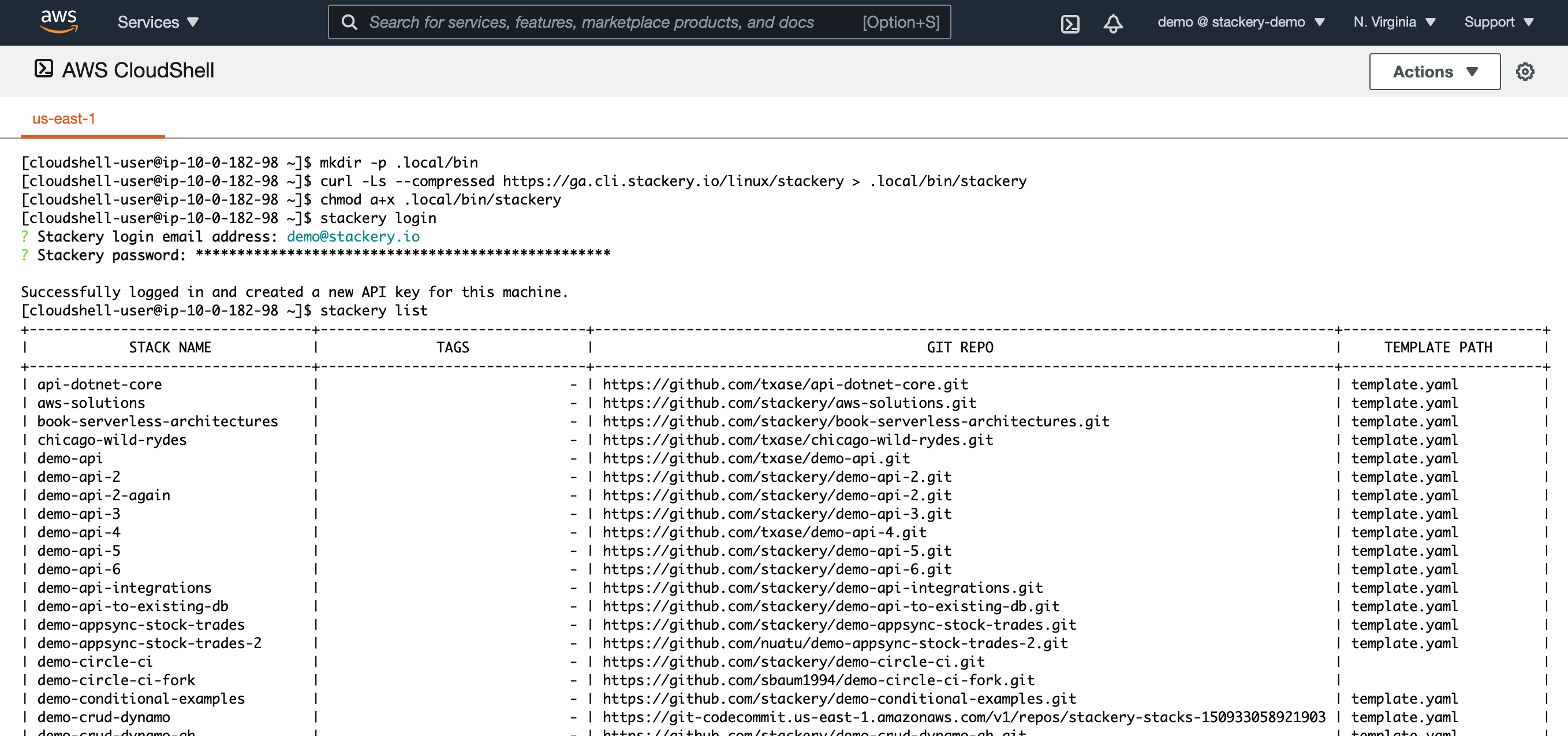Response: Werner Vogels' Roadmap for the Future
How will we build apps in the years to come? Werner gave us insights in his re:Invent keynote

On the third week of re:Invent, our Werner gave to us: three french hens important architectural insights:
- AWS makes it easier than ever to use Open Source solutions
- ARM leads to greater performance, lower cost, and better environmental footprint
- A future where our favorite tools are always within reach in the CloudShell
Let's take a look at each of these insights and how it will shape our future in application architecture and development!
AWS + Open Source
Whether deserved or not (and I lean towards the "not deserved" side), AWS has a reputation in some corners of reaping monetary success off the free and open source contributions of others. The rationale for this argument is that AWS has paid nothing for nor involved the open source community around key projects it relies on when it provides services to customers.
This includes projects ranging from Linux, which underpins almost everything at AWS and arguably is purely foundational and meant to be free for use as AWS has, to Elasticsearch, which AWS wrapped up as a managed service using everything from the source code to the project name (without qualification). The dynamic is further challenged when project communities include commercial entities that exist to support customers using the projects. To them, AWS is consuming their business value without providing any support, monetarily or otherwise, back to the community.
But AWS has been stepping up its Open Source game. It's clearer about naming new services (which is a big deal in the open source community): Amazon Managed Workflows for Apache Airflow (MWAA) and Amazon Managed Service for Grafana. These more clearly show AWS is offering a managed version of an external open source project. And, AWS is partnering with commercial entities, like Grafana Labs, to ensure benefits flow from AWS' efforts through to support the broader ecosystem.
This broader embrace of open source projects and their communities provide solutions for companies to migrate existing workloads from on-prem into the AWS cloud. The solutions also provide an answer to the concern of AWS lock-in, whether the concern is valid or not.
ARM Race
If you aren't a follower of AWS news you could easily be forgiven for not noticing how many new services are adopting ARM processors. A lot of code automatically works on ARM processors, like Python, Node.js, and other scripted projects, and other code often requires a simple recompile. But why are we bothering with ARM at all?
The answer is you get the best of both worlds: better performance and lower cost compared to x86-64 processors from Intel and AMD. And, AWS is able to make its own ARM processors, meaning every chip they build is tailor made for the security and performance needs of cloud computing.
This re:Invent, Werner used his keynote to highlight how ARM processing is part of Amazon's plan to lower energy use as well as they march towards a 2025 goal of using 100% renewable energy. Reducing energy use helps offset the extra cost of renewable energy.
One only needs to look at the Relational Database Service (RDS) to see how serious AWS is. RDS is the bedrock foundation of the majority of production workloads on AWS. Aside from very modern apps that may eschew relational databases for NoSQL variants like DynamoDB, almost every application will have at least one database, and if it's on AWS it's likely managed by RDS. This re:Invent comes with an announcement that you can now run RDS Aurora, their premier managed database solution, using ARM processor based compute servers. If it's good enough for Aurora, it's good enough for the majority of workloads!
CloudShell makes clouding easier than ever
While AWS may be late to the game in launching CloudShell (practically all other cloud providers have already launched their own version of CloudShell, some as long as five years ago), it's nonetheless a game changer for working with AWS.
When you login to the AWS console you can now interact with services using the AWS CLI and all your favorite tools. I couldn't resist playing around:
With the power of Stackery's cloud-based environment management and deployment mechanisms I can now do everything I need for operating my stacks in the comfort of my AWS console!
A Bright Future
I'm more excited than ever to think of all the amazing apps people will be able to build. Add in how foundational changes, like the adoption of ARM and serverless, lowers cost and environmental impact and you have even more reason to be happy. AWS has laid out an amazing roadmap, now let's see where it takes us!
Related posts
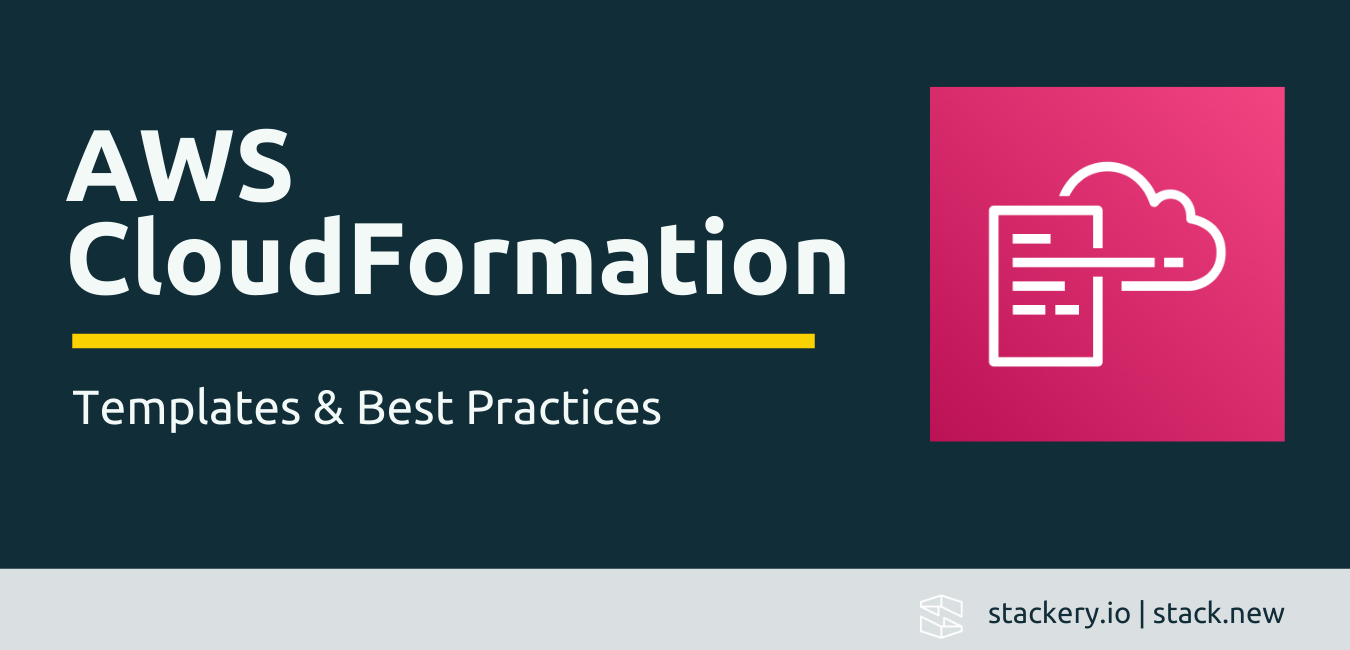
Truly composable and maintainable CloudFormation is now within reach
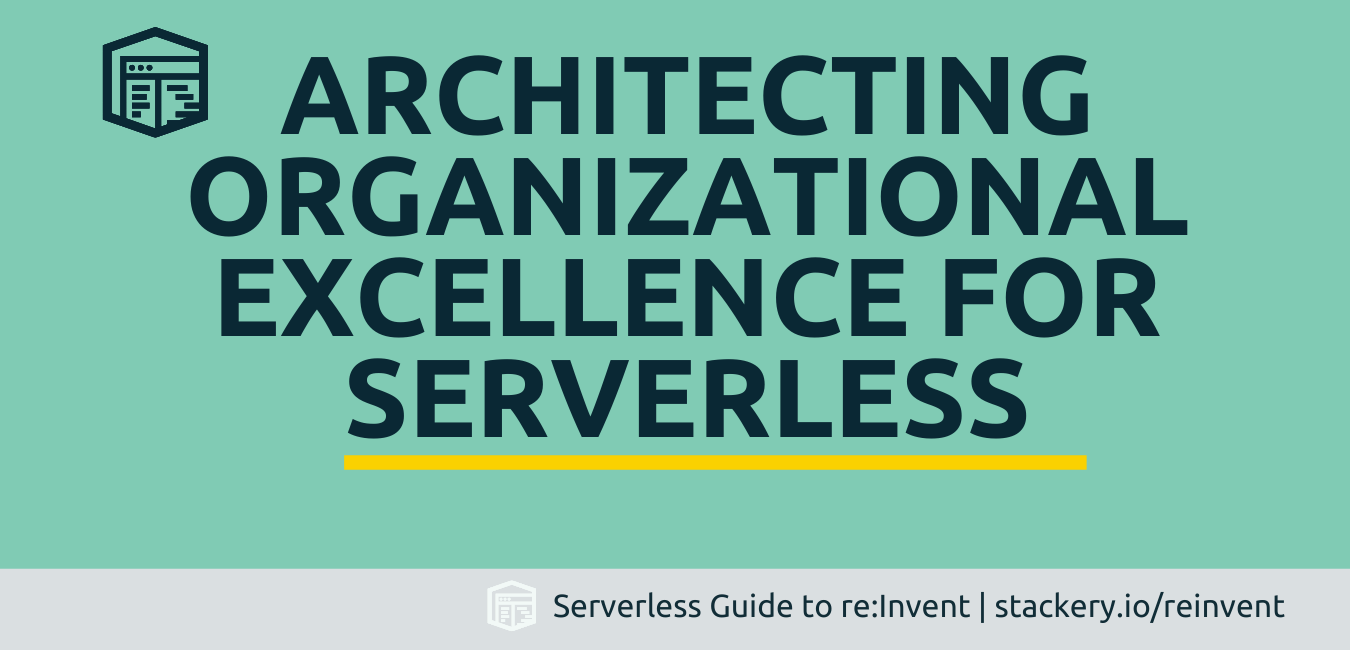
Achieve operational and cost management success
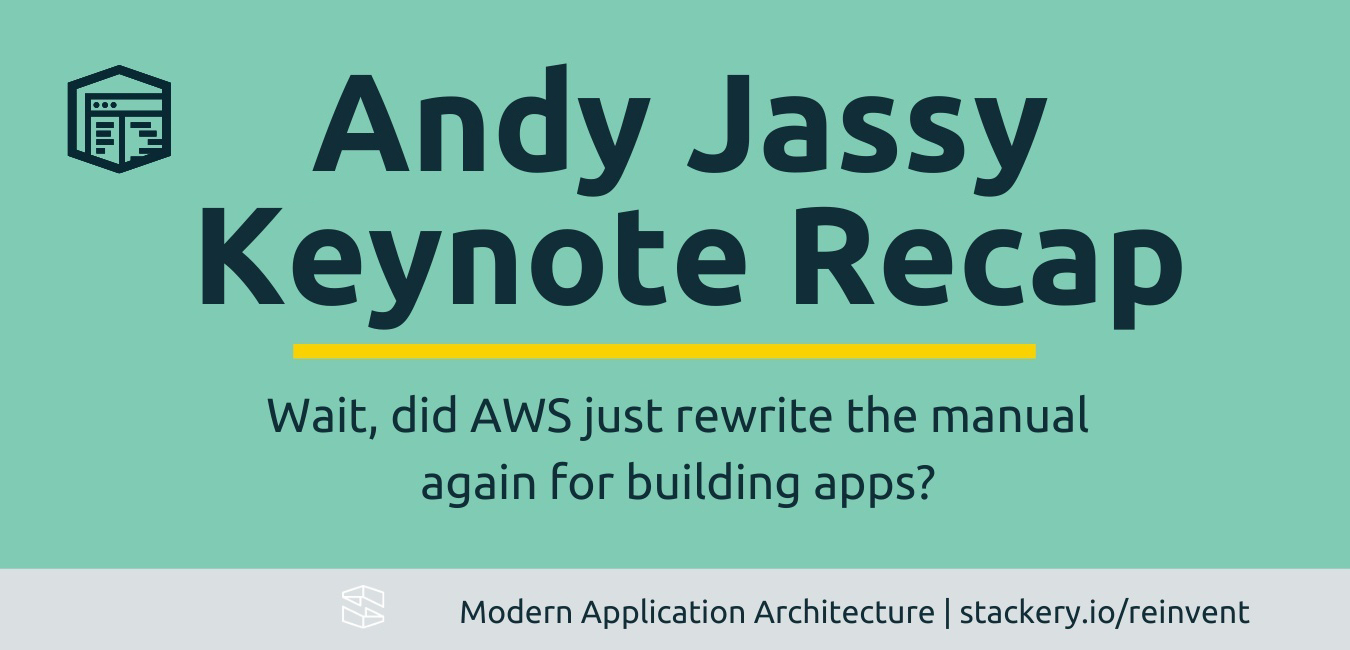
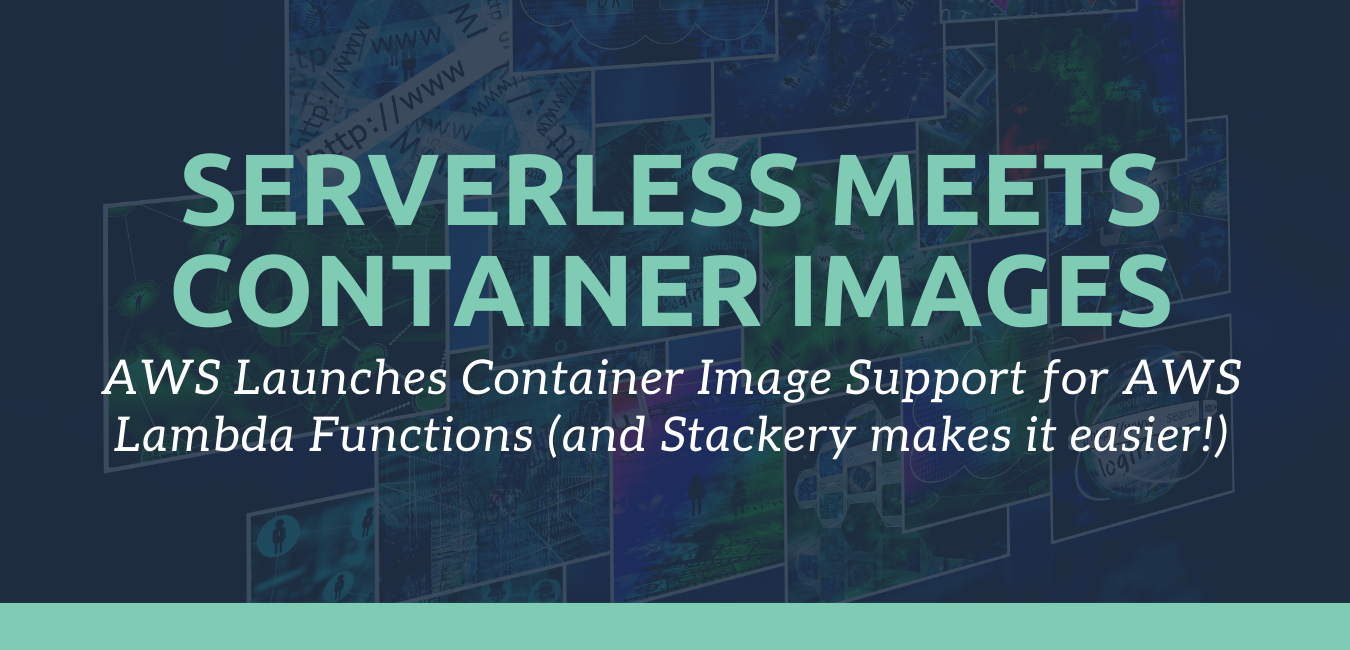
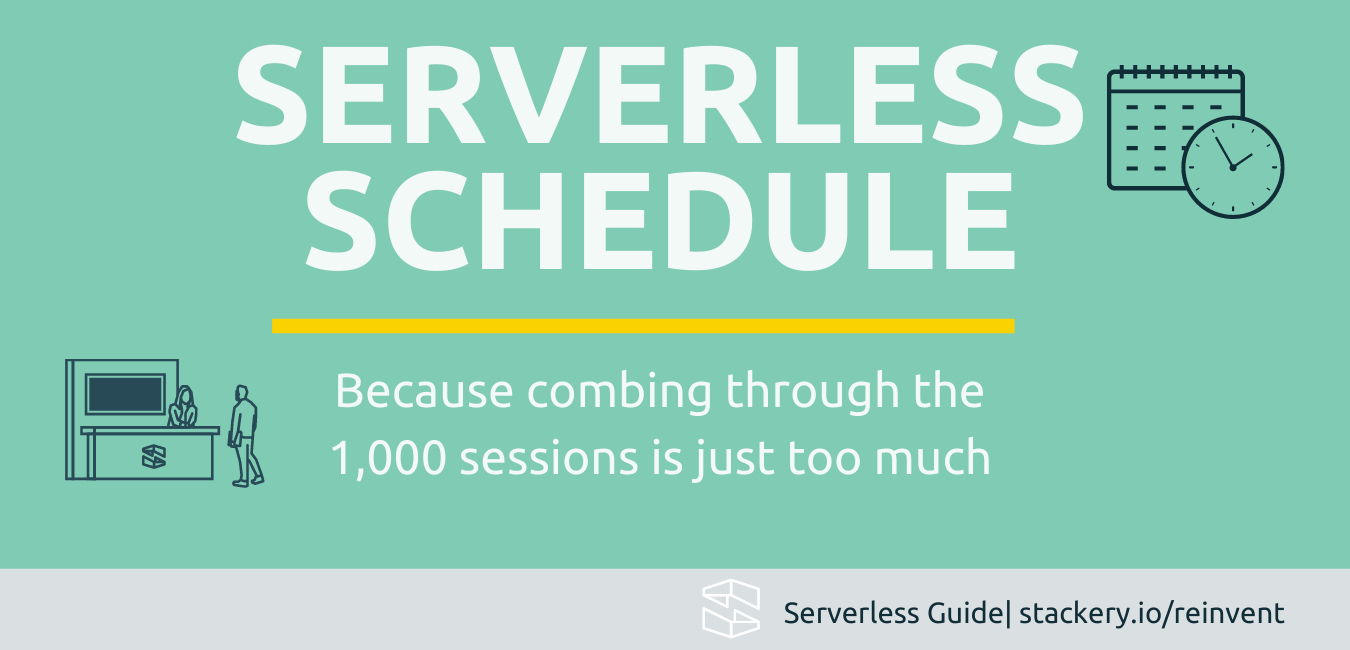
The Stackery team combed the schedule to find the must-attend events

Or, how to consume re:Invent content to build better apps today
